The Tribal Tapestry of The Gambia
The Gambia, the smallest country in mainland Africa, is home to a rich mosaic of tribal ethnic groups, each boasting its own language, customs, and traditions. While there is a harmonious coexistence among these groups, their unique identities contribute to the Gambia’s cultural diversity. Here, we explore the primary tribes of the Gambia and what sets them apart from one another.
The Mandinka – The Agriculturists
The Mandinka, represent the largest ethnic tribe in the Gambia. They can trace their tribal origins back to the Mali Empire. The Mandinka primarily engage in agriculture, cultivating crops such as peanuts, rice, and millet. As Muslims, Islamic beliefs and teachings profoundly influence their cultural practices. ( Source Wikipedia )
The uniqueness of the Mandinka is evident in their social organization. They traditionally arrange themselves into clans and families, with a hierarchical tribal system led by a village chief known as the ‘Alkalo’. Their language, Mandinka, belongs to the Mande branch of the Niger-Congo language family, and they are known for their rich oral tradition, including stories about the folk hero Sundiata Keita, the founder of the Mali Empire.
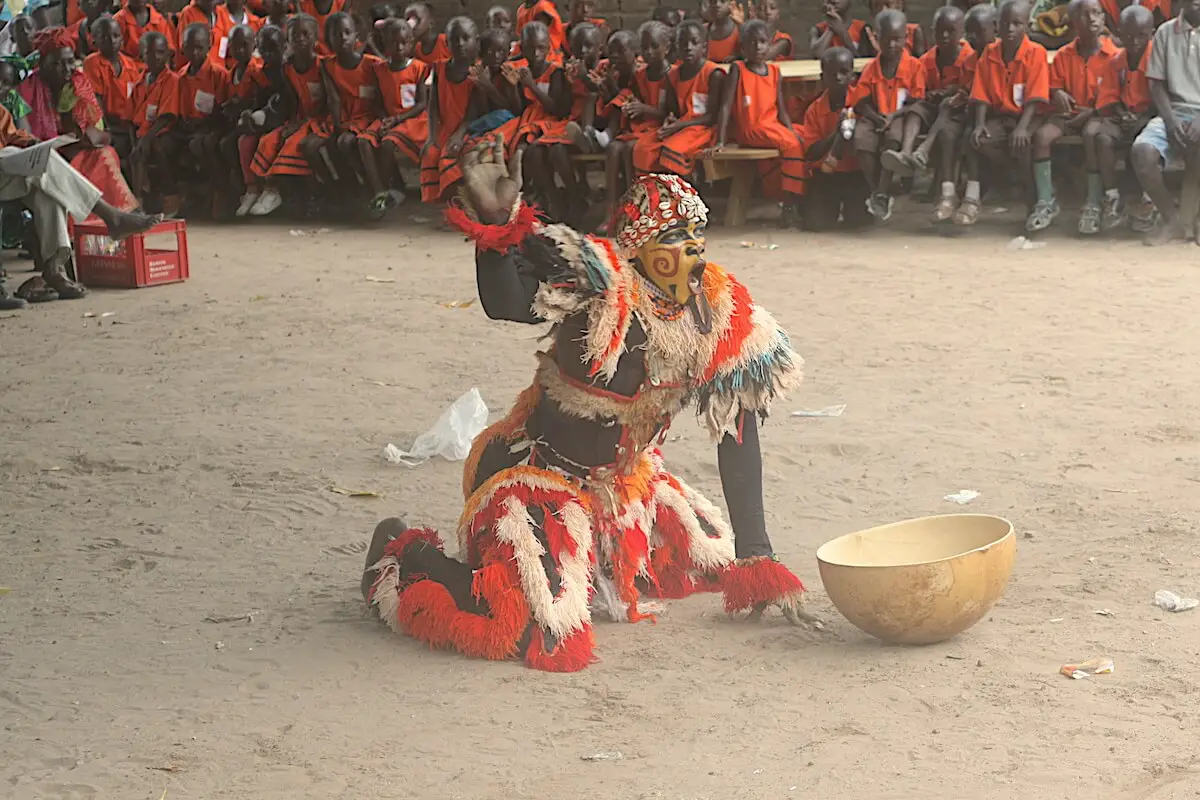
The Fula – The Pastoral Nomads
The Fula people, or Fulani, are traditionally cattle herders and nomads, although many have now settled and engage in farming. Found throughout West Africa, they form a significant tribal minority in the Gambia. The Fula stand out due to their nomadic traditions and caste system. They have a complex social structure, with distinct classes including nobles, artisans, and captives.
Their language, Fulfulde, varies considerably across West Africa but maintains mutual intelligibility among the tribes. The Fula are predominantly Muslim, and they integrate Islamic teachings with their pastoral lifestyle. They are well-known for their intricate milk products and their distinctive music, which often features the ‘riti’, a single-stringed violin.
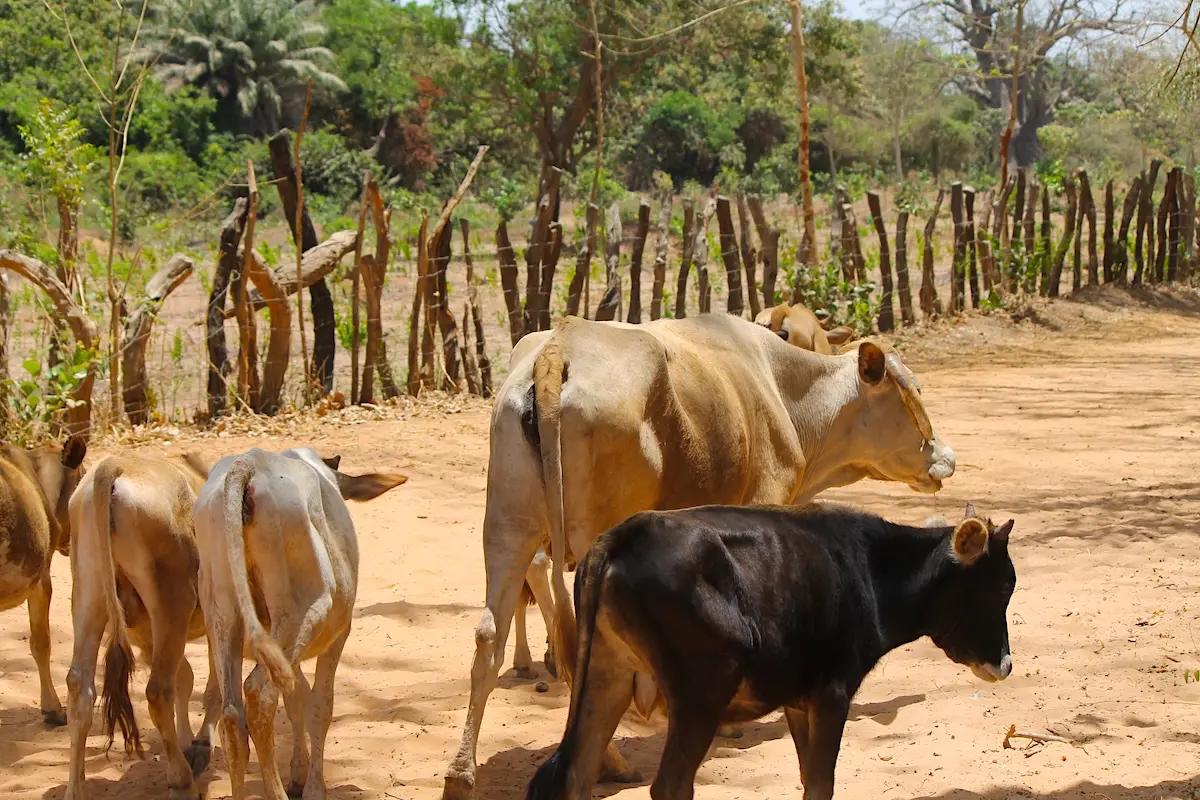
The Wolof – The Traders and Artisans
The Wolof tribe primarily resides in urban areas and is engaged in trades and crafts. They were once part of the Wolof Empire that ruled parts of Senegal and the Gambia until its fall in the 19th century. The Wolof are renowned for their skill in commerce and as custodians of urban culture in the Gambia.
Wolof society is highly stratified, with noble families, religious leaders, and a range of artisan castes. They speak the Wolof language, which serves as a lingua franca in many parts of the Gambia and Senegal, making their ethnic language widely understood and utilized. Additionally, the Wolof have a significant impact on the Gambian music scene and are known for their Sabar drum dance.
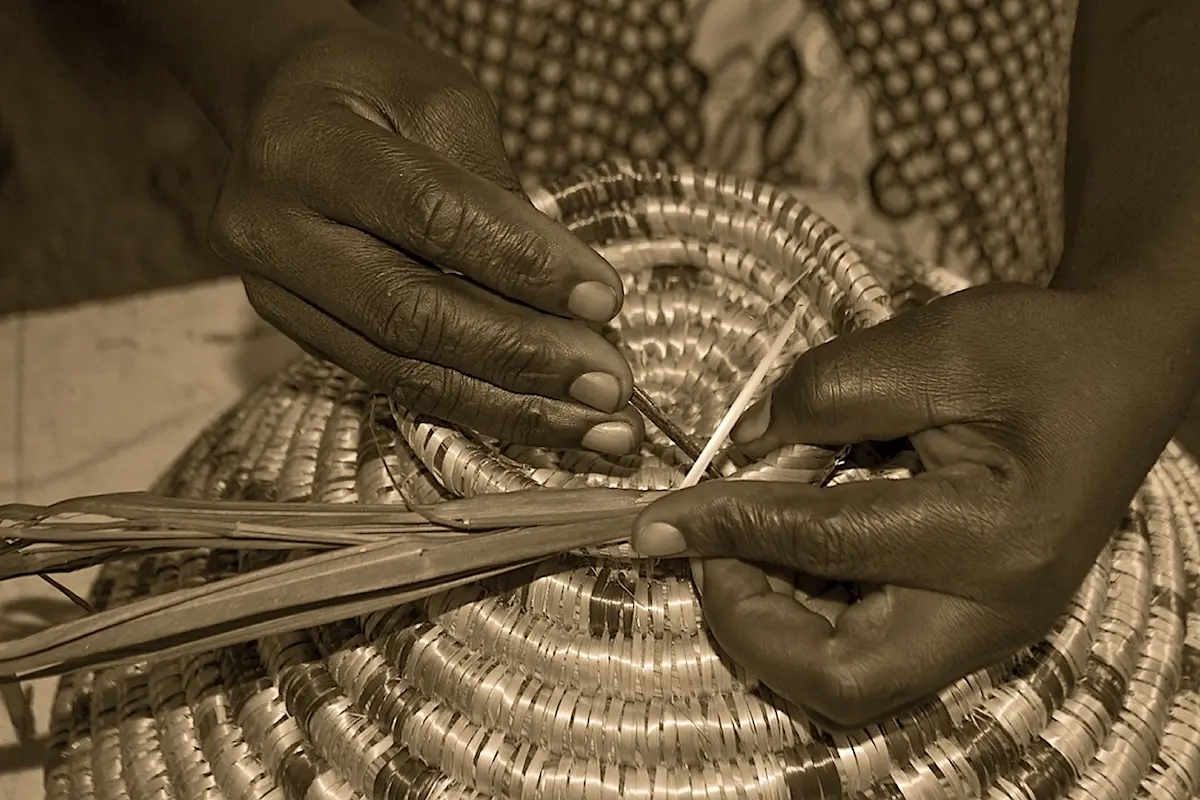
The Jola – The Forest Dwellers
Likely originating from the Casamance region of Senegal, the Jola people have a significant presence in the Gambia. They largely inhabit the rural and forested areas of the country, where they practice subsistence farming. The Jola have a deep attachment to their land and environment, reflected in their traditional animist beliefs and practices, which they have largely retained despite the spread of Islam and Christianity.
The Jola language, Jola-Fonyi, is part of the Bak language family. They have various dialects that reflect the diverse regions they occupy. This tribe is also known for their dance and music, particularly the use of the ‘bougarabou’, a type of drum. The Jola are also celebrated for the traditional rite of passage known as ‘Futampaf’, which involves teaching young men the knowledge and skills they need to become respected members of society.
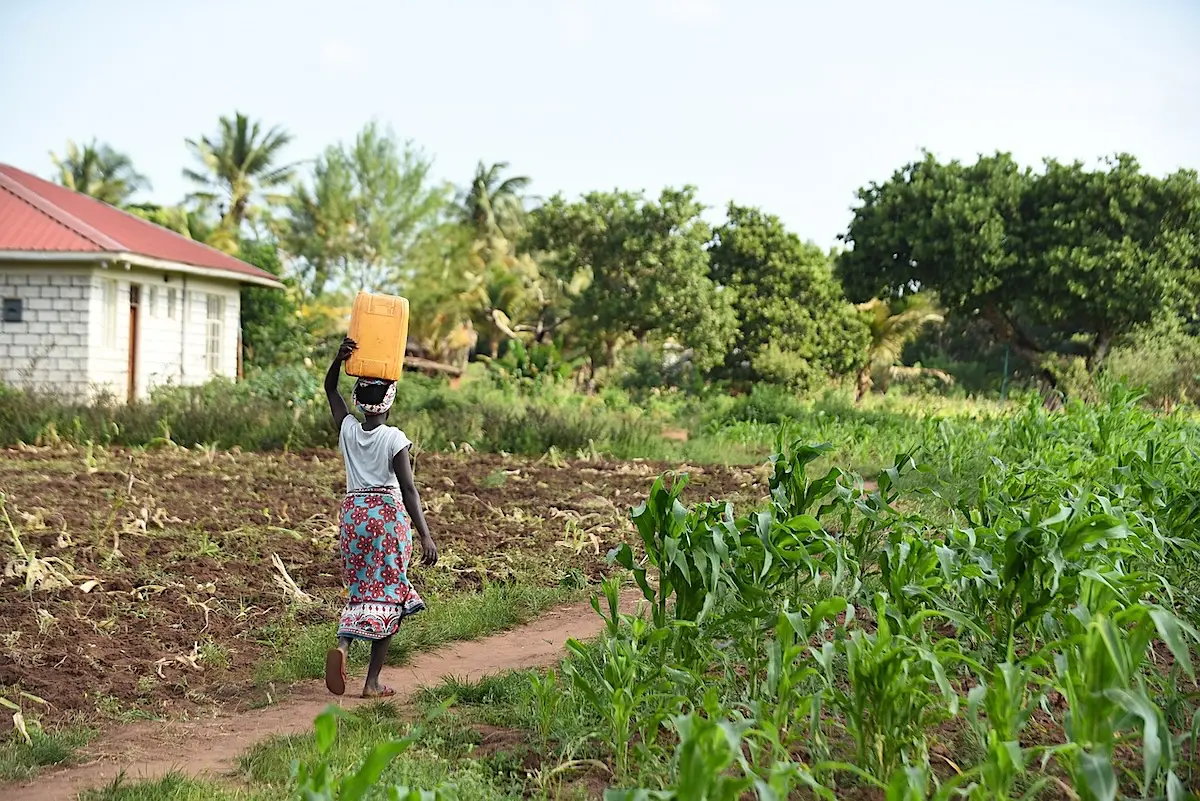
The Serahule – The Gold Traders
The Serahule sometimes referred to as the Soninke, are a small ethnic group in the Gambia. Their ancestry is linked to the Wangara trading groups that once controlled trans-Saharan trade, including the trade in gold and salt. Historically, they have been associated with commerce and have maintained their reputation as traders to this day.
The Serahule language, Soninke, is part of the Mande language family. They pride themselves on their oral tradition, including stories and proverbs that transmit wisdom through generations. Their society is hierarchical, divided primarily into nobles and commoners. The Serahule also have a distinct Islamic tradition that influences their way of life and customs.

The Serer – The Historians
The Serer are famous for their historical knowledge and preservation of folklore, often regarded as the librarians of Senegambian history. They are found in small numbers in the Gambia, more prominently inhabiting the central and western parts of Senegal.
The Serer people practice both farming and fishing, with a cultural emphasis on the spiritual connection to the land and ancestral worship. The Serer language and its dialects are part of the Niger-Congo language family. They possess a deep understanding of their historical roots, stretching back to ancient kingdoms and dynasties in the region. The Serer are also known for their elaborate funerary traditions, which include the building of large burial mounds.
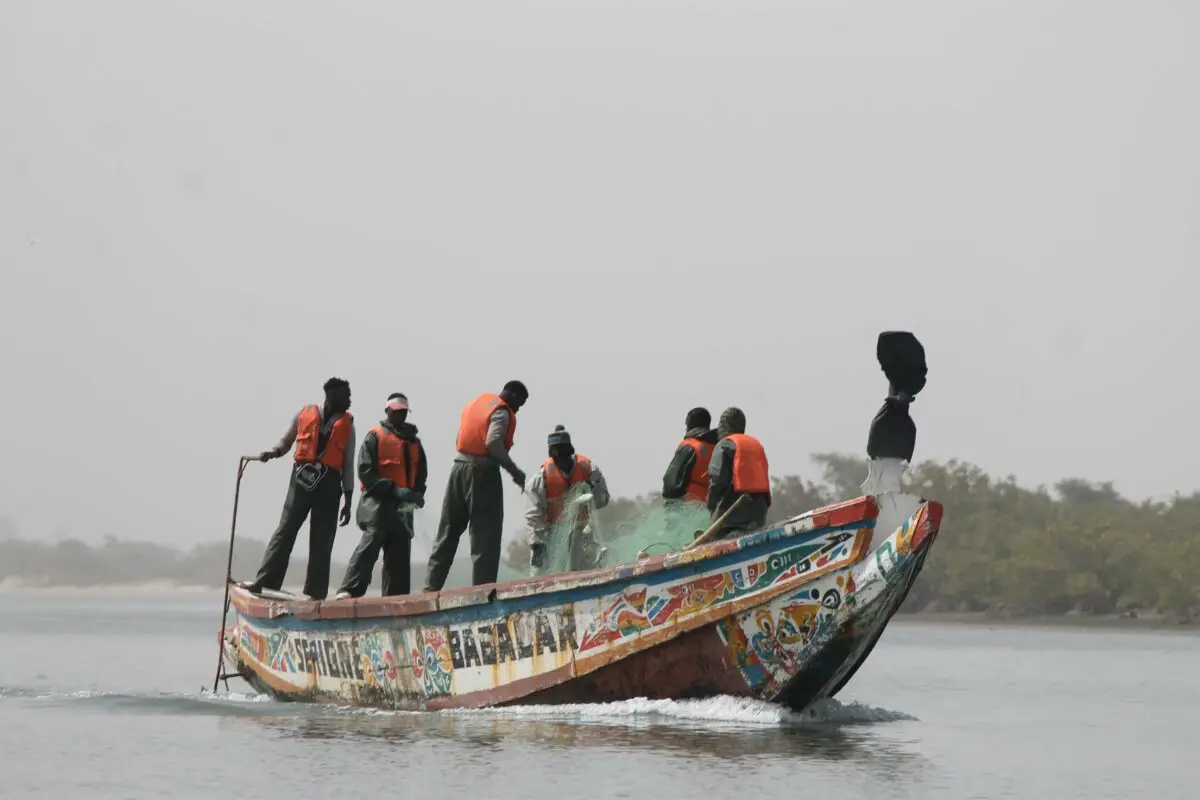
Conclusion
While the Gambia hosts a diversity of ethnic tribes, their interconnected histories and shared regional influences foster a sense of unity within the nation. Their vibrant tribal festivals, languages, and cultures contribute to the rich tapestry of Gambian identity. Despite the differences in occupation, social structure, and linguistic nuances, the Gambian tribes exemplify how diversity can coexist peacefully within a single national tapestry.
